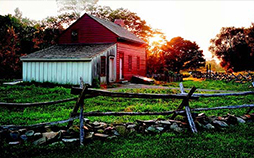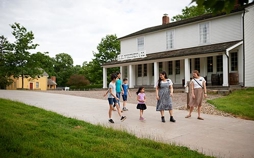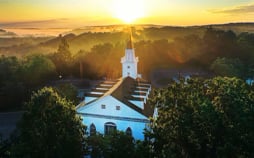Tiny Details, Sweeping Landscapes, Individual Hearts
February 2020
In the Church History Department, we see the Church’s historic sites behind the scenes. We search for compelling, true stories in the archives. We look for original colors beneath layers of paint in historic homes. We sometimes worry about things like the historical length of a patch of grass or the health of a large grove of trees. We look at tiny details and sweeping landscapes.
But even after we sift through old records and carefully separate layers of old paint, the sites never grow old for us. We give attention to the minuscule, but we are still awestruck by the scope and grandeur of these places. And although we have a view of large vistas, we never forget the impact of the sites on individual people—in the past and in the present.
This is because the Church’s historic sites are more than historic. They are also sacred. In these places, the Lord has restored His gospel and guided His people in establishing His kingdom. These places are part of the Church’s historical record. They express our identity as Latter-day Saints—who we are and what we believe as people under covenant with God.
 Visitors connect at the Grandin Building, the place where the Book of Mormon was first published.
Visitors connect at the Grandin Building, the place where the Book of Mormon was first published.
In the end, do these places make a difference? Stories, paint colors, groves, hills, historic homes, temple stones—do they matter? Yes. As we take care of the Church’s historic sites, we show the Lord that we remember what He has done for us. And every year, He changes the hearts of hundreds of thousands of people who visit these places.
Perhaps you have visited some of these sites and felt their quiet power. We are grateful that you might add to their strength by helping us behind the scenes.
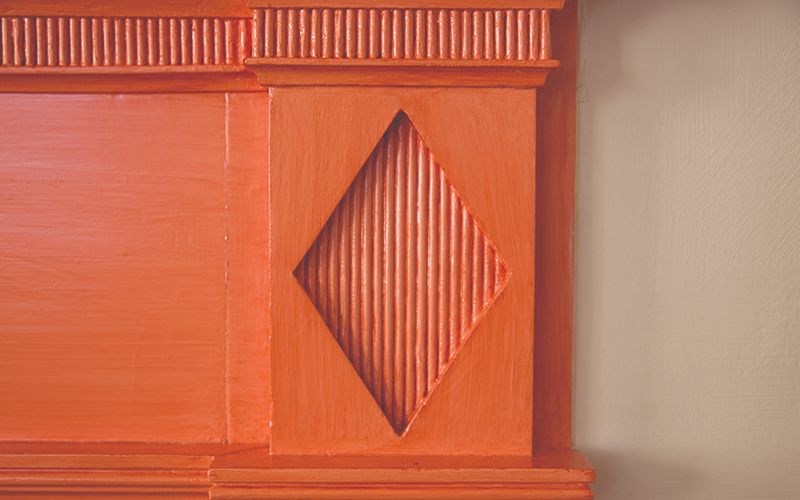 Original paint colors greet visitors in the historic home of John and Elsa Johnson in Hiram, Ohio. Joseph and Emma Smith lived in this home for a time. In this place, Joseph received significant revelations to guide the Church, including the vision now recorded in Doctrine and Covenants 76.
Original paint colors greet visitors in the historic home of John and Elsa Johnson in Hiram, Ohio. Joseph and Emma Smith lived in this home for a time. In this place, Joseph received significant revelations to guide the Church, including the vision now recorded in Doctrine and Covenants 76.
A Note from Matt Grow, Managing Director, Church History Department
One of the most powerful ways to experience Church history is to visit the Church’s historic sites. Visitors are immersed in the Restoration—they feel the shade of the towering trees in the Sacred Grove, they hear the Susquehanna River in Pennsylvania, they see the landscape and houses of Kirtland, they can even taste gingerbread in Nauvoo. More profoundly, they are immersed in the stories of the Restoration as the Spirit guides them to connect the faith and sacrifices of Church members in the past with their lives in the present. Church members around the globe can also visit these sites online and read of the events that took place there in publications such as Saints. As Church members experience our sacred past, they grow in their faith in Jesus Christ and His gospel, get helpful answers to questions, and receive spiritual strength and perspective. We are grateful for generous donors who allow us to enhance the experiences of Church members at these sacred sites.
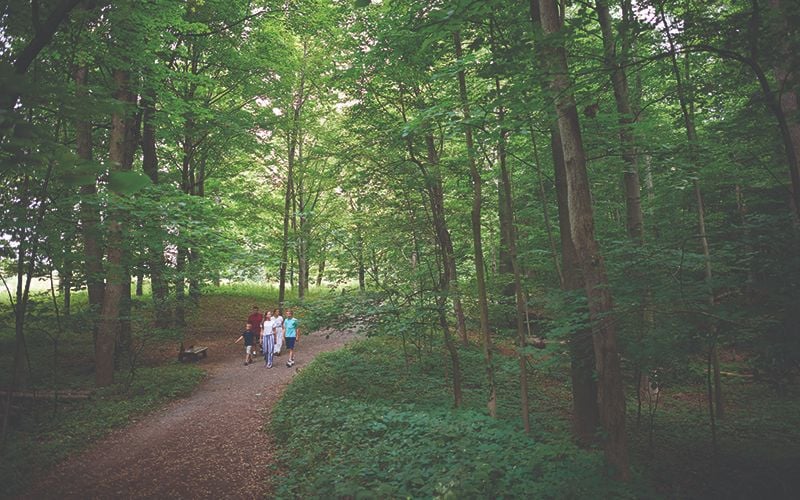
 Visitors connect at the Grandin Building, the place where the Book of Mormon was first published.
Visitors connect at the Grandin Building, the place where the Book of Mormon was first published.
 Original paint colors greet visitors in the historic home of John and Elsa Johnson in Hiram, Ohio. Joseph and Emma Smith lived in this home for a time. In this place, Joseph received significant revelations to guide the Church, including the vision now recorded in Doctrine and Covenants 76.
Original paint colors greet visitors in the historic home of John and Elsa Johnson in Hiram, Ohio. Joseph and Emma Smith lived in this home for a time. In this place, Joseph received significant revelations to guide the Church, including the vision now recorded in Doctrine and Covenants 76.
